
Discover the world of SFP, SFP+, and QSFP transceiver modules and find out which one fits your networking requirements.
Read More
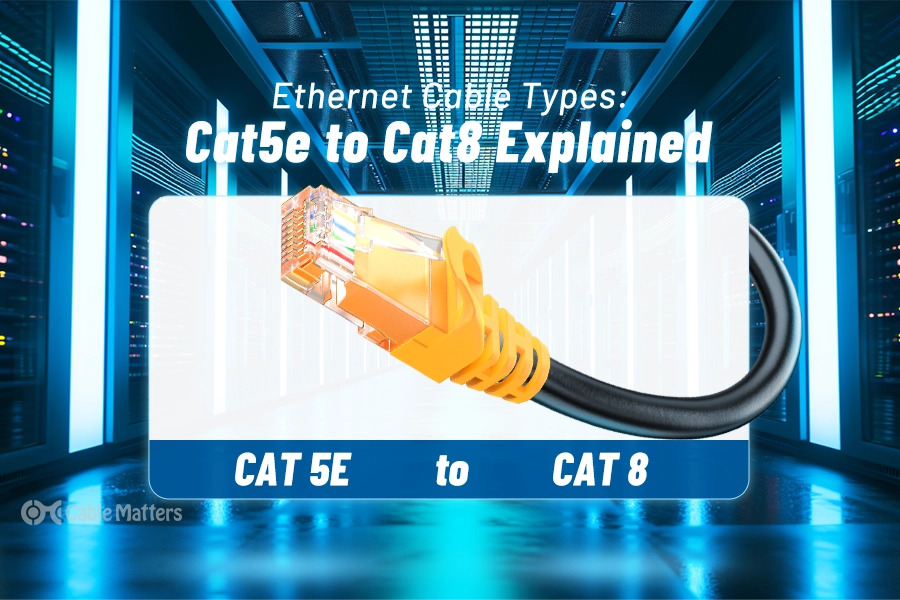
Delve into our blog post 'Ethernet Cable Types: Cat5e to Cat8 Explained'. Learn key differences, benefits, and applications for optimal networking solutions.
Read More
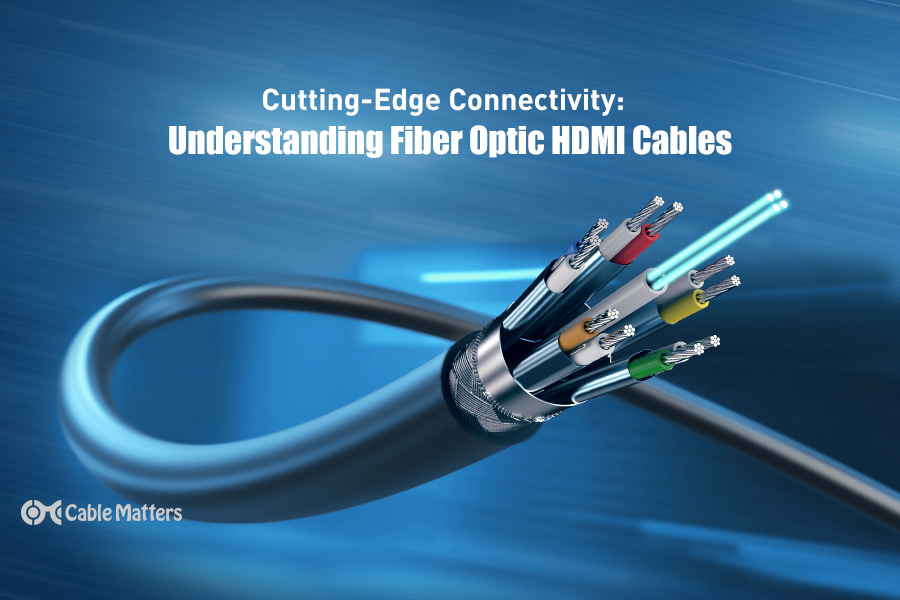
If you're in need of a particularly long HDMI cable, a fiber optic HDMI cable might be what you need. Here, you'll learn all about this cutting-edge technology.
Read More
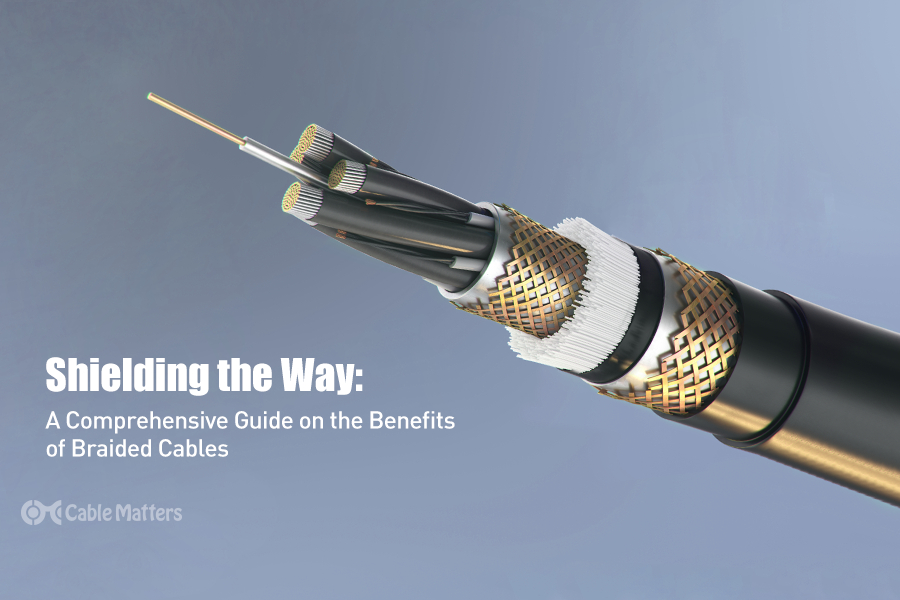
Braided cables offer an important layer of protection against electromagnetic interference (EMI). Read on to learn more about the benefits of braided cables.
Read More
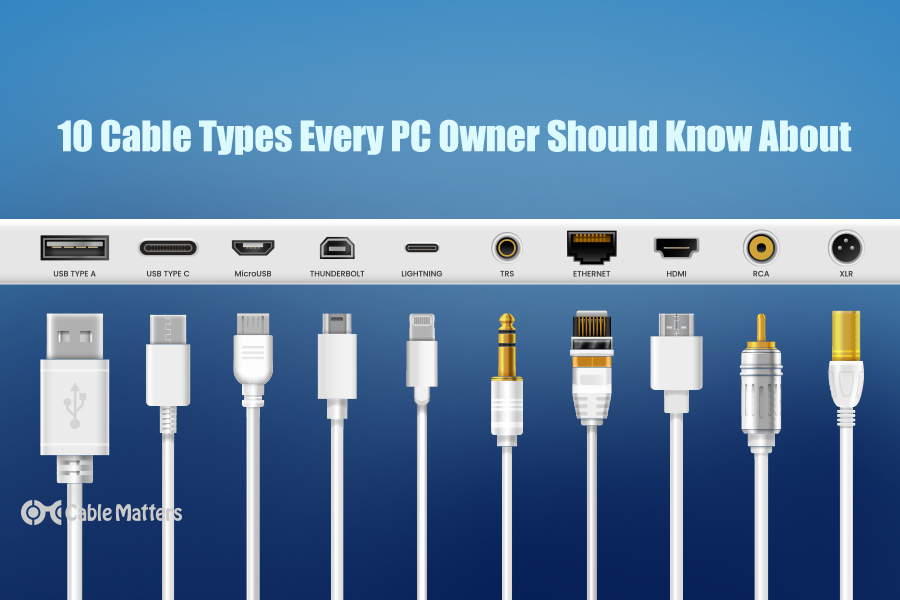
Cables are a vital component of all modern technological devices. You’re going to use a cable for something. Choose Cable Matters when the cable matters.
Read More
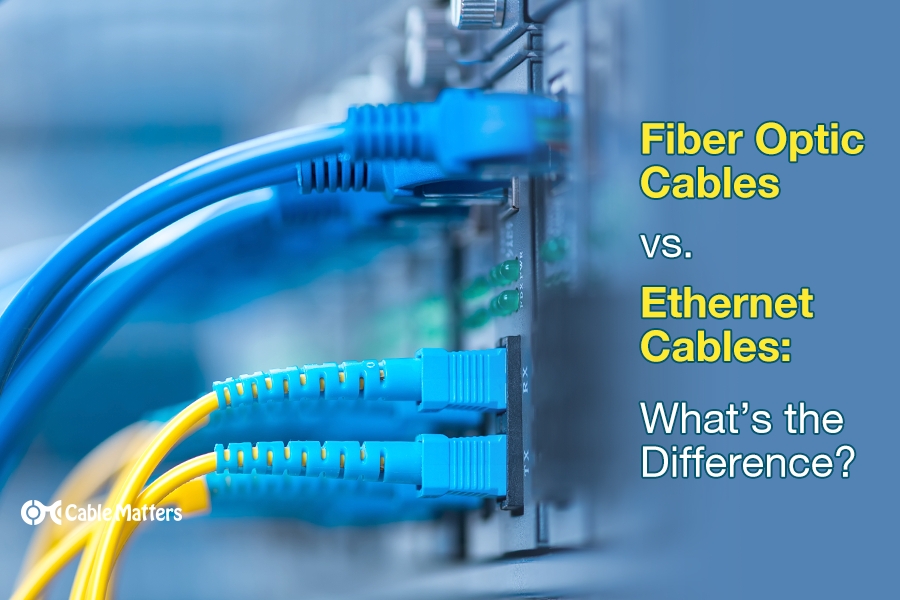
Fiber optic cables and Ethernet cables are two of the most important data transfer cable standards there are, but with their use cases often crossing paths, it’s important to know the differences.
Read More
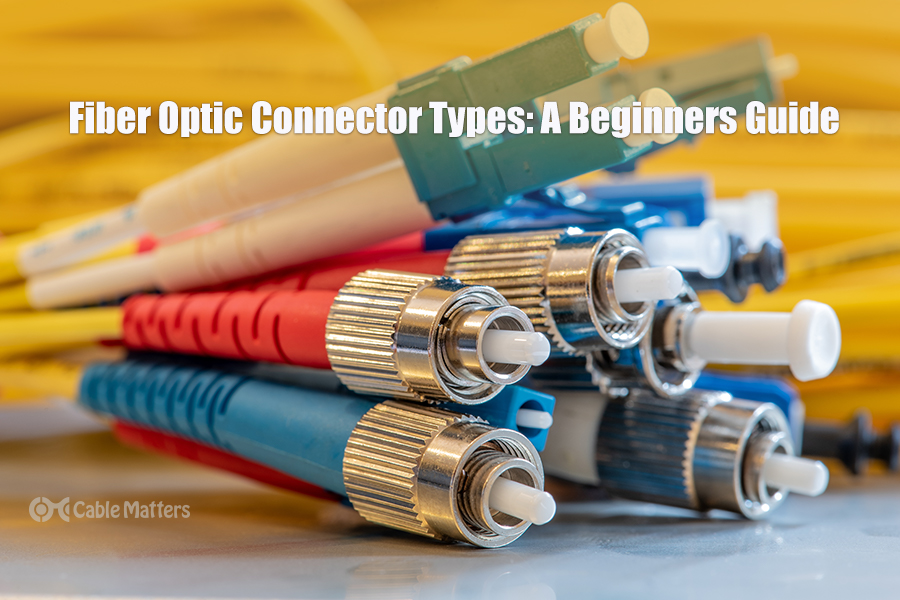
The fiber connector types, sometimes referred to as terminations, link fiber optic cables together through terminals, switches, adapters, and patch panels, by bridging the gap between their internal glass fibers that transmit the data down the length of the cable.
Read More
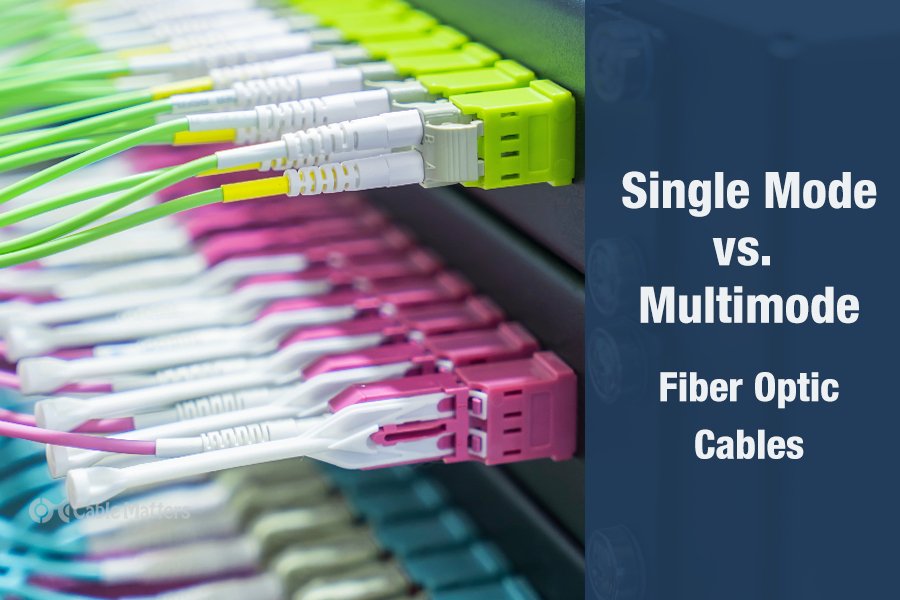
There are two main types of fiber optic cables: single mode and multimode. Although they can do the same job in some instances, the different construction methods make each of them better suited to certain tasks and budgets.
Read More
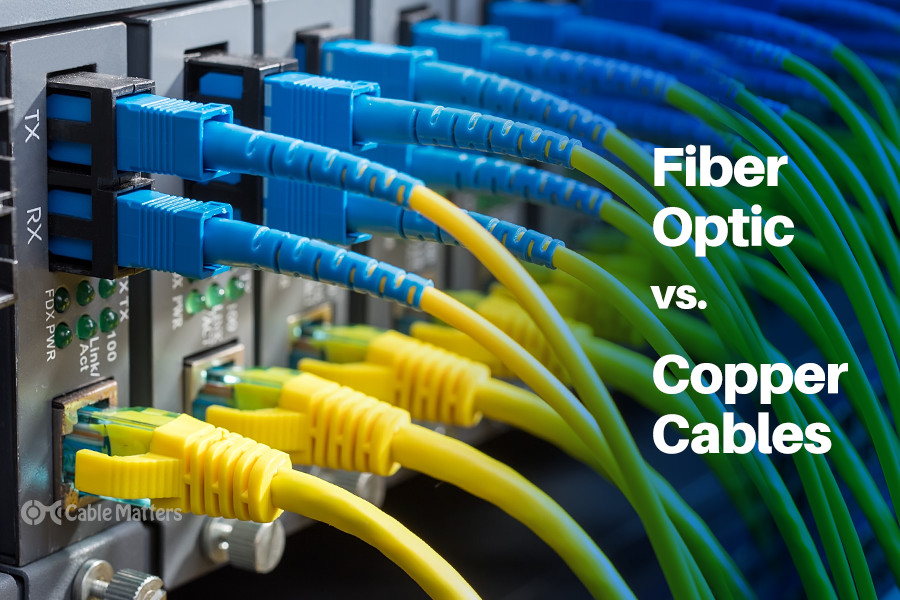
Both fiber optic and copper network cables are common in the enterprise, but what is the difference between a fiber optic vs. copper cable? Read on to learn more.
Read More